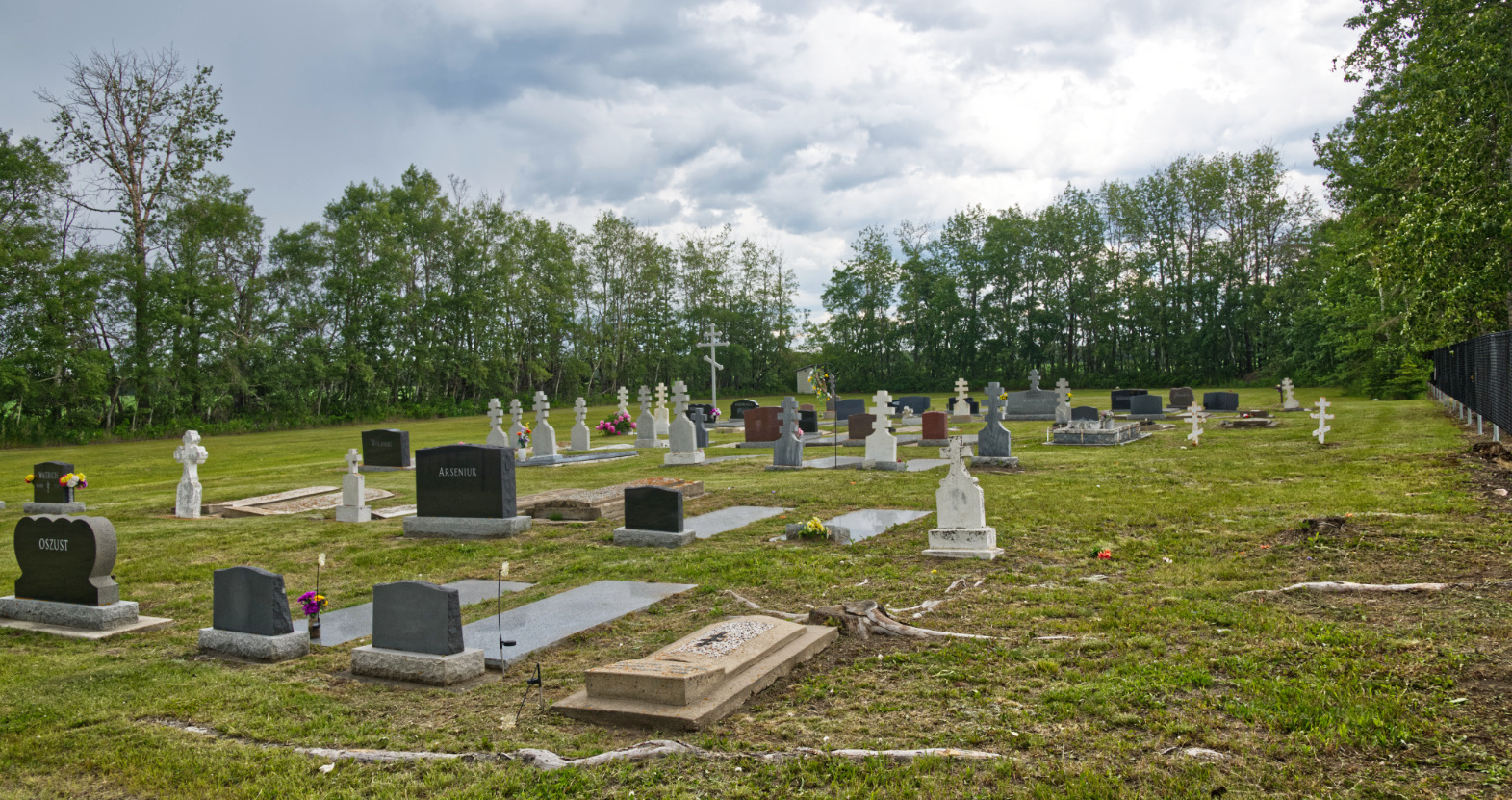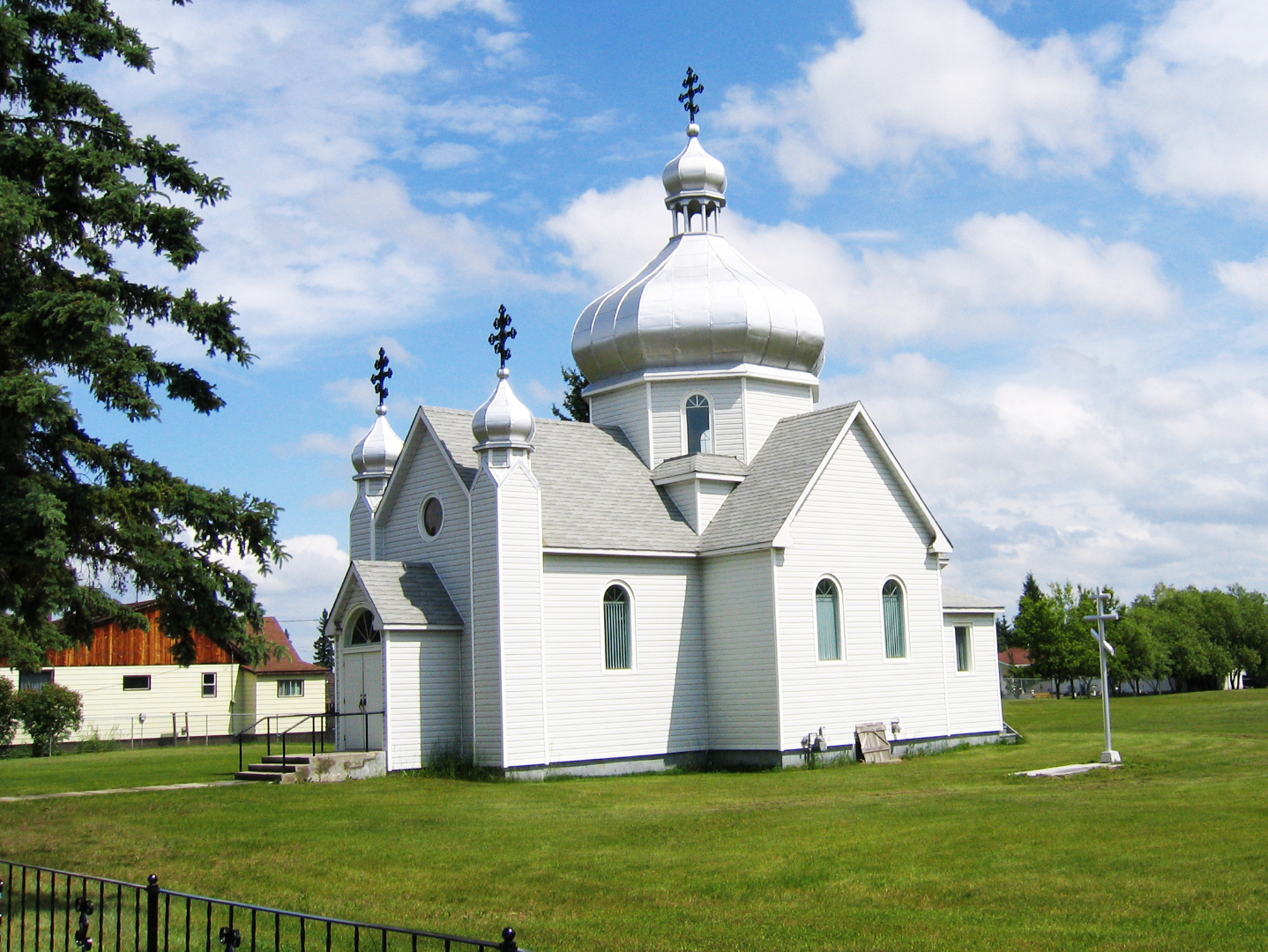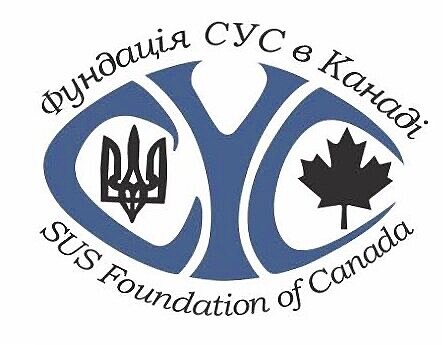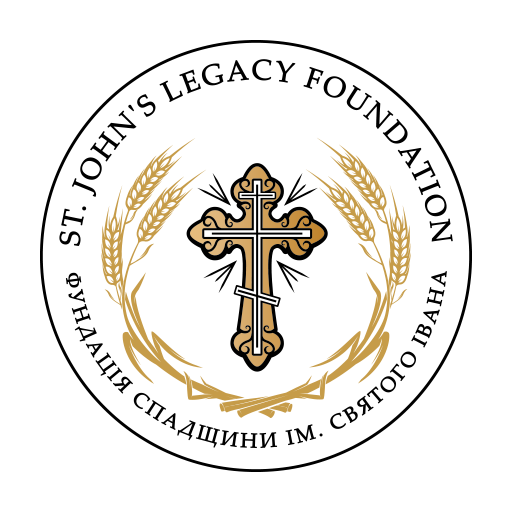In1928 a railway line was laid through Therien and Glendon, boosting the development of both communities. As Glendon evolved into a vibrant trading centre, local Orthodox residents began to think it was too far to travel to Gifford to attend Divine Liturgies. However, a number of years would pass before they were ready to embark on the construction of their own place of worship. In fact, they initially decided to erect a Narodnyi Dim that could be used for community functions as well as religious services until a proper sanctuary could be built. Work began on a hall in 1935, when trees were harvested on properties owned by Orthodox church supporters in the Truman district north of Glendon. After being sawn into lumber, the green wood was then hauled across difficult terrain by teams of horses into Glendon. A frame structure was completed the following year at a site on lot 3 block 4, and scheduled to be blessed at a grand opening in October.
However, when Frs. Mayba and Wasyliw arrived on the appointed Sunday for the service, they discovered that the hall had been burnt down just a few hours earlier, probably by an arsonist, though no one was ever charged over the incident. Consequently, the Divine Liturgy was hastily relocated to Gifford, after which the somber worshippers returned to Glendon for what was supposed to have been a celebratory dinner that had to served at a different community hall.
Dismayed but undeterred, the faithful supporters of the hall and church spent another winter cutting trees, sawing the logs, and then hauling the timber thirty miles to where the first hall lay in ruins. In the summer of 1937, the hall was rebuilt by volunteers working under the supervision of Harry Guzyk, the president of the Narodnyi Dim. This facility was subsequently utilized for religious services in the community until a separate church could be built.
In the autumn of 1939 the members of the National Hall based congregation entered into negotiations for a parcel of land measuring 210’ by 420’ at NW 4-61-8 W4. This property was eventually acquired for $70, notwithstanding some complications in getting it legally registered. Significantly, in 1940 Glendon was visited by Rev. Semen Sawchuk, the administrator of the UGOC, who encouraged the congregation in their efforts to build a church. Nonetheless, many hardships lay ahead before the Glendon faithful were finally able to realize their dreams of having a purpose-built place of worship.
In 1944 the congregation was at last getting ready to proceed with the construction of a church when their parish priest, Fr. Woytowich, took ill with pneumonia and suddenly died in Bonnyville. He was interred in the Glendon cemetery. Undaunted by this latest setback and their lack of a priest, the congregation forged ahead in making arrangements to purchase the necessary lumber from Louis Krekoski of St. Paul, with each member being asked to contribute $25 toward a building fund.
Then, at the annual meeting held on 4 February 1945, the executive was authorized to write to the Consistory with a request that they assign a clergyman who could be based in Glendon while also serving the neighbouring communities of Gifford, Therien, Sandy Rapids and Lessard. In anticipation of the arrival of a permanent priest, the congregation also moved to rent a home in Glendon as a manse for a period of two years.
At another meeting held just eight days later, the congregation passed a formal resolution calling for the construction of a church, at a time when the building fund totalled $800. The following month, Fr. Wasyl Senishen settled in Glendon with his young family, and energetically threw himself into the task of spearheading the construction of the church. A building committee comprised of Alex Strembitsky, Harry Osoba, Bill Wolanski and Harry Spasiuk worked with Fr. Senishen in selecting an appropriate plan, and Vivian Sheldrew, assisted by Harry Osoba, was contracted as the main carpenter. Work on the structure proceeded quickly over the summer months, so that by the fall Fr. Senishen was able to bless the sanctuary, even though it several more years to be fully finished. At this time, the church appears to have been dedicated to the Descent of the Holy Ghost, as indicated by correspondence with the Consistory, so the first service likely took place on or around 14 October.
However, disaster again struck the congregation when the second Narodni Dim was consumed by flames in November 1945 – making it necessary for several services to be held at the local Lutheran Church until the new sanctuary could be made usable on a regular basis. Once more, arson was suspected in the blaze, though hard evidence was impossible to obtain. Dismayed but not defeated by the latest blow to their efforts, members of the congregation subsequently directed their energies toward their church, a harmoniously configured cruciform structure with a large central dome and two smaller domes over the corners of the façade.
By the summer of 1947 Glendon members were prepared to proceed with the construction of yet another hall, with Harry Osoba being hired as the contractor for the sum of $600, though he eventually donated most of his labour. This time, the 40’ x 60’ structure was constructed out of bricks and included a full basement, making it both more durable as well as being highly functional. By the fall, this third Narodnyi Dim was ready to be pressed into service for a wedding reception, even though it necessary for Harry Ostoba to install the last pillars and nail them into place as the capacity crowd was putting the dance floor to its first serious test. Fortunately, the structure not only withstood this rigorous workout, but was ultimately spared the malicious destruction that had befallen its predecessors.
Hardships continued to dog the Glendon congregation, as reported memberships for the years 1970-1973 were 19, 15, and 8, some of whom were widows or widowers – a trend that did not bode well for the future. The situation prompted a request to be made that for 1974 the number of Divine Liturgies be reduced to six (from the twelve services held in the previous year) because the parish was finding it difficult to meet its financial obligations.
Although by 1976 the paid membership had increased to 12, the congregation asked the Consistory for permission to sell the aging and deteriorating Narodnyi Dim (which was no longer used, and still lacked water or gas), along with some vacant land that formed part of the church property. The proceeds from these sales were to be divided between a lifetime congregational membership in a new recreational complex being built in the village, and a trust account in the name of the parish. The hall was eventually sold for the sum of $25,000 to Kastelen Enterprises Ltd. in 1980, concluding yet another chapter in the congregation’s history.
Somewhat incredibly, in 1986 members of the Glendon church belatedly resolved to finally become officially incorporated as part of the Ukrainian Greek Orthodox Church of Canada, completing the necessary forms (under the name “Descent of the Holy Spirit”) at meeting held on 14 November. In 1994, the congregation reported having a total of 24 members (having grown by three from the previous year), comprised of 9 families and 6 individuals.

Play Memory Eternal Chant
GPS Co-ordinates:54.248556, -111.153381
Cemetery Co-ordinates: 54.24010, -111.15389
Affiliation: Ukrainian Orthodox Church of Canada







